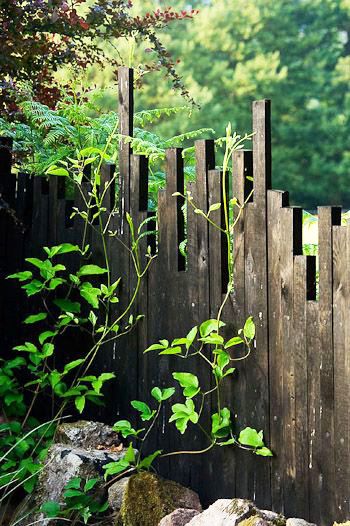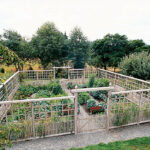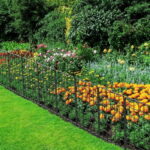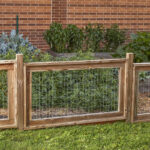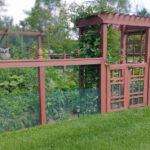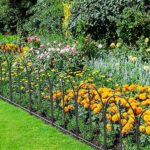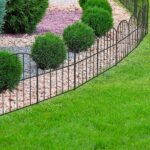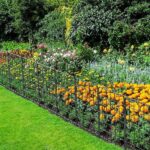Garden fences are an essential element in any outdoor space, providing both practical and aesthetic benefits. These structures serve several purposes, including defining boundaries, protecting plants from pests, and adding a decorative touch to the landscape. With a variety of materials and styles available, homeowners can choose the best option to suit their needs and preferences.
Wooden fences are a popular choice for garden boundaries, offering a classic look that blends seamlessly with the natural surroundings. They are available in a range of styles, from traditional picket fences to modern slat designs, allowing homeowners to create a custom look that complements their garden’s aesthetic. Wooden fences can also be stained or painted to match the exterior of the home, adding to the overall curb appeal of the property.
For a more low-maintenance option, vinyl fences are a durable and cost-effective choice for garden boundaries. These fences are resistant to rot, decay, and insects, making them a long-lasting solution for homeowners looking for a hassle-free option. Vinyl fences are available in a variety of colors and styles, allowing homeowners to customize their garden space to their liking without the need for regular maintenance.
Another popular material for garden fences is metal, which offers a sleek and modern look to outdoor spaces. Metal fences, such as aluminum or wrought iron, provide excellent security and durability while adding a touch of elegance to the garden. These fences can be customized with decorative elements, such as scrolls or finials, to create a unique and stylish boundary around the property.
In addition to providing security and defining boundaries, garden fences can also serve as a backdrop for climbing plants and vines. By installing a trellis or lattice on top of a fence, homeowners can create a vertical garden that adds height and visual interest to the outdoor space. Climbing plants like jasmine or ivy can be trained to grow along the fence, creating a lush and vibrant backdrop for the garden.
Overall, garden fences are a versatile and practical addition to any outdoor space, providing both functional and aesthetic benefits. With a variety of materials and styles to choose from, homeowners can create a custom look that complements their garden’s design while adding security and privacy to the property. Whether you prefer a classic wooden fence or a modern metal design, there are numerous options available to suit your needs and preferences.
